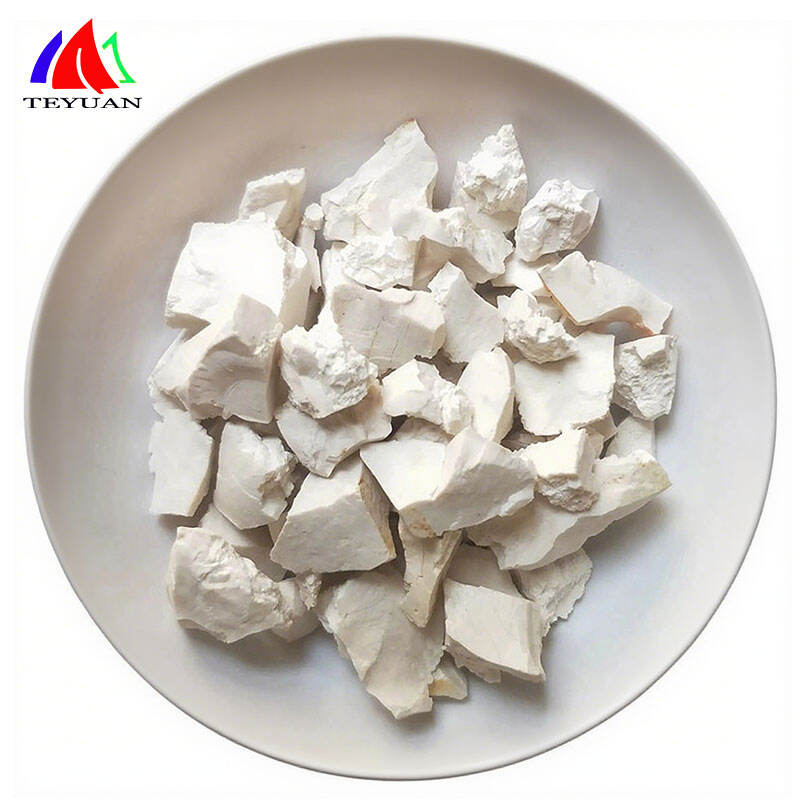Diatomaceous earth powder is a powdery substance with diatomaceous earth as its main component. It has unique physical and chemical properties and is widely used in various fields. The following is a detailed introduction from the aspects of its origin, composition, characteristics and applications:
Diatomaceous earth is a biogenic siliceous sedimentary rock formed by the sedimentation of the remains of ancient diatoms (a type of unicellular algae) followed by long-term geological processes (such as compaction and consolidation). After diatoms die, their cell walls (mainly composed of silica) accumulate in a suitable geological environment, gradually forming porous diatomaceous earth ores. Diatomaceous earth powder is produced after mining, crushing, grinding, classification and other processing techniques.
II. Main Components and Structure
Main Components: Silica (SiO₂) is the core component of diatomaceous earth powder, usually accounting for more than 80%, and some high-quality products can reach more than 90%. In addition, it contains small amounts of oxides such as alumina, iron oxide, calcium, magnesium, and organic matter.
Structural Characteristics: Diatomaceous earth powder has a unique porous structure (including micropores, mesopores, etc.) with extremely high porosity and large specific surface area. This structure endows it with strong adsorption, permeability and filterability, which is the key to its function.
III. Physical and Chemical Properties
Physical Properties: It has various colors, commonly white, light yellow, light gray, etc. It is fine in powder, light in texture, low in density and low in hardness (Mohs hardness 1-1.5). It is insoluble in water and can absorb liquids several times its own weight.
Chemical Properties: It has good chemical stability. Except for hydrofluoric acid, it does not react violently with strong acids and alkalis. It is resistant to high temperatures (melting point is about 1750℃) and has good insulation.




